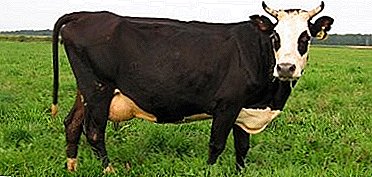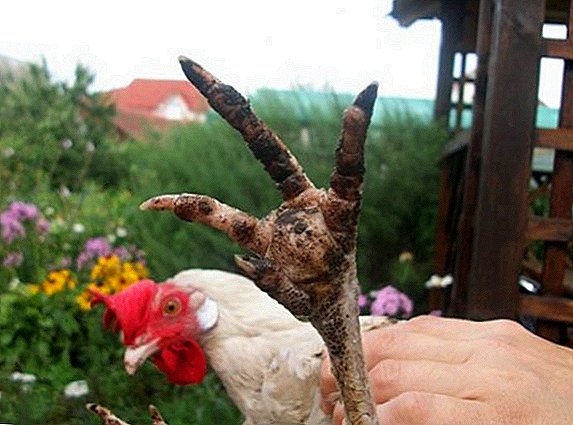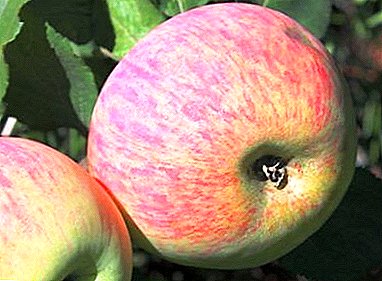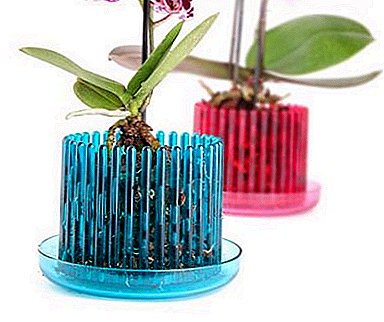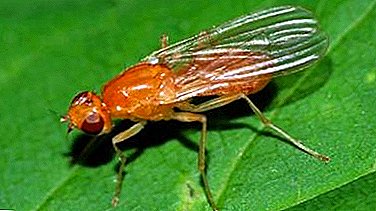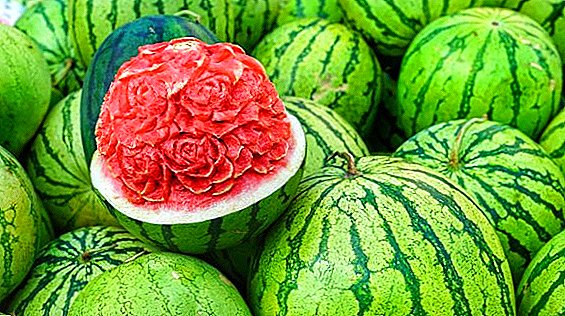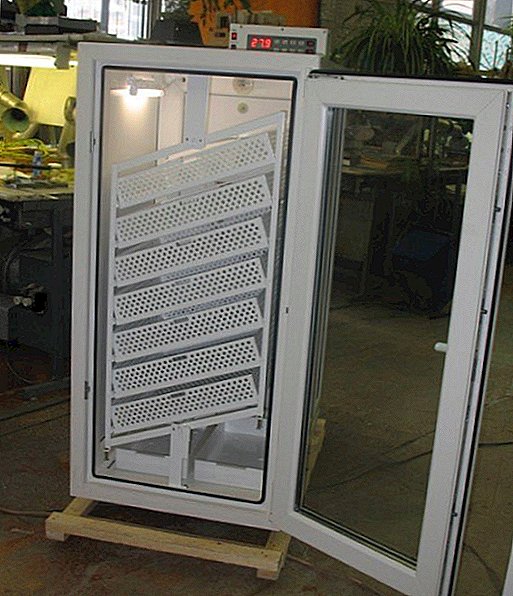 For farms engaged in the cultivation of poultry, an incubator for eggs is a very necessary and useful device that reduces costs and allows you to optimize economic activity. One of the incubator models offered to farmers on the current market is the "IFH 500".
For farms engaged in the cultivation of poultry, an incubator for eggs is a very necessary and useful device that reduces costs and allows you to optimize economic activity. One of the incubator models offered to farmers on the current market is the "IFH 500".
Description
The device is intended for artificial breeding of young poultry: chickens, geese, quails, ducks, etc.
Did you know? Incubators were used in ancient Egypt more than 3 thousand years ago. They were buildings in which tens of thousands of eggs were placed. Heating was done by burning straw on the roof of a building. The indicator of the desired temperature was a special mixture that was in a liquid state only at a certain temperature.
This incubator has several modifications, but all of them, differing only in details, have common features, namely:
- the main incubation and hatching of chickens occur in the same chamber;
- automatic maintenance of the set temperature;
- Depending on the modification, the maintenance of humidity can be carried out by free evaporation of water from the pallets and by manually adjusting the intensity of this evaporation or automatically according to a given value;
- two modes of turning trays for eggs - automatic and semi-automatic;
- forced air exchange using two fans;
- preservation of a microclimate at shutdown of electricity for a period of up to three hours (the indicator depends on the temperature in the room).

The described installation is carried out in Russia, at the Omsk production association "Irtysh", which is part of the Rostec State Corporation. The main products of the company are various radio-electronic systems for the Navy.
Familiarize yourself with the technical specifications of household incubators such as Stimul-4000, Egger 264, Kvochka, Nest 200, Sovatutto 24, IPH 1000, Stimul IP-16, Remil 550TsD , "Covatutto 108", "Laying", "Titan", "Stimulus-1000", "Blitz", "Cinderella", "The Perfect hen".
As for incubators, the manufacturer currently offers several modifications of the model "IFH-500", namely:
- "IFH-500 N" - the basic model, the maintenance of humidity is ensured by the evaporation of water from the pallets, the humidity level is not automatically controlled, but the humidity value is displayed on the indicator, other features correspond to those described above;

- "IFH-500 NS" - from the modification "IFH-500 N" is characterized by the presence of a glazed door;
- "IFH-500-1" - automatic maintenance of humidity for a given value, five pre-installed incubation programs, the ability to connect to a computer, the possibility of user-friendly placement of the control panel;
- "IFH-500-1S" - from the modification "IFH-500-1" is distinguished by the presence of a glazed door.
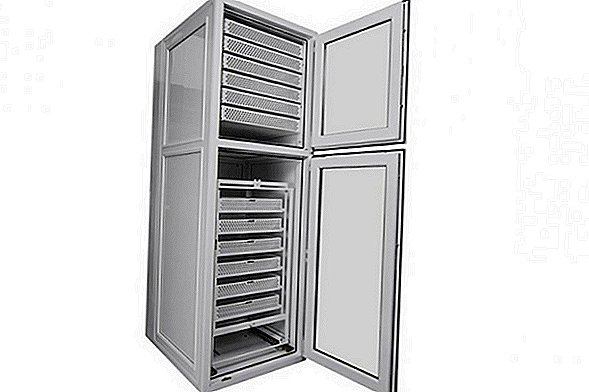
Specifications
Modifications "IFH-500 N / NS" have the following technical characteristics:
- net weight - 84 kg;
- gross weight - 95 kg;
- height - 1180 mm;
- width - 562 mm;
- depth - 910 mm;
- rated power - 516 W;
- power supply 220 V;
- guaranteed lifetime - at least 7 years.
We recommend to read about how to choose the right household incubator.
Modifications "IFH-500-1 / 1C" have several other characteristics:
- net weight - 94 kg;
- gross weight - 105 kg;
- height - 1230 mm;
- width - 630 mm;
- depth - 870 mm;
- rated power - 930 W;
- power supply 220 V;
- guaranteed lifetime - at least 7 years.

Production characteristics
All modifications "IFH-500" are equipped with six trays for eggs. Each of them holds about 500 chicken eggs weighing 55 grams. Naturally, smaller eggs can be loaded in large quantities, and larger ones fit less.
Did you know? The first efficient European incubator appeared only in the XVIII century. Its creator, the Frenchman Rene Antoine Reosmur, empirically found out that successful incubation requires not only a certain temperature regime, but also adequate ventilation.
The device can be operated indoors, the air temperature in which ranges from + 10 ° C to + 35 ° C and humidity from 40% to 80%. 
Incubator Functionality
The considered incubator models have the following functionality:
- In automatic mode, no less than 15 turns of trays per day are provided. During the chicks hatching period, the automatics are turned off;
- the range of automatically maintained temperatures is + 36C ... + 40C;
- an alarm is triggered when a power outage or a temperature threshold is exceeded;
- the temperature value set on the control panel is maintained with an accuracy of ± 0.5 ° C (for the "IFH-500-1" and "IFH-500-1C" accuracy is ± 0.3 ° C);
- for the models "IFH-500-1" and "IFH-500-1C" the accuracy of maintaining the set humidity is ± 5%;
- in models with a glass door there is an illumination mode;
- The control panel displays the current values of temperature and humidity, it can be used to set microclimate parameters and turn off the alarm.

Advantages and disadvantages
From the advantages of this incubator, users note:
- good value for money;
- automatic turn of trays;
- automatic maintenance of temperature and humidity (for some modifications) with high accuracy.
Of the disadvantages noted:
- inconvenient location of the control panel (on the back of the top panel);
- a rather inconvenient humidification system in modifications without automatic moisture support;
- the need for periodic supervision of the installation (manual adjustment of humidity and periodic ventilation of the installation during the incubation process).

Instructions for the use of equipment
For efficient use of the incubator, you should follow the technology of working with the device. Let us analyze these actions in more detail.
Important! The process of operating various modifications of the incubator "IFH-500" can differ quite significantly in details, therefore, in any case, you should carefully study the operating manual for your particular device.
Preparing the incubator for work
In the process of preparation it is necessary:
- Connect the unit to the mains, set the operating and emergency temperature on the control panel, and leave the unit warm up for two hours.
- After that it is necessary to install pallets with water heated to 40 ° C.
- On the lower axis you need to hang a fabric, the end of which is to be lowered into the pallet
- Manual adjustment of humidity is carried out by covering (in whole or in part) one of the pallets with a plate.

Before starting work, it is necessary to verify the temperature value on the indicator and its value on the control thermometer, which is placed directly inside the incubator. If necessary, you can adjust the temperature reading on the indicator. Methods of adjustment are described in detail in the instruction manual.
Egg laying
To lay eggs, it is necessary to set the tray in an inclined position and firmly lay eggs in it.
Read more about how to disinfect and equip eggs before laying, as well as when and how to lay chicken eggs in an incubator.
Eggs are better laid in staggered order. Chicken, duck, quail and turkey eggs are laid vertically, with a blunt tip up, and goose horizontally.  If the tray is not completely filled, the movement of eggs is limited to a wooden block or a corrugated cardboard. The filled trays are installed in the device.
If the tray is not completely filled, the movement of eggs is limited to a wooden block or a corrugated cardboard. The filled trays are installed in the device.
Important! Installing the trays you need to push them all the way, otherwise the mechanism for turning the trays may be damaged.
Incubation
During the incubation period, it is recommended to change the water in the pallets-humidifiers at least once every two days. In addition, twice a week is required to change the trays in places according to the scheme: lower to the very top, the rest to a lower level.
If goose or duck eggs are laid, in two weeks for goose and 13 days for duck eggs after the start of incubation it is necessary to open the door of the working installation for 15-20 minutes for air cooling every day.
Next, the trays are transferred to a horizontal position and the turn of the trays is turned off, and then they stop:
- when laying quail eggs on day 14;
- for chickens - on day 19;
- for duck and turkey - for 25 days;
- for goose - on the 28th day.

Hatching
After the end of the incubation period, the chicks begin to hatch. In this phase of the process, the following actions are performed:
- When up to 70% of chicks hatch, they begin to sample dried, while removing the shell from the trays.
- After sampling all hatched, the incubator is cleaned.
- In addition, it is necessary to sanitize it. To do this, they often use iodine checkers or the drug Monclavit-1.
Poultry farmers should familiarize themselves with the rules for raising ducklings, poults, turkeys, guinea fowls, quails, goslings and chickens in an incubator.
Device price
The model "IFH-500 N" can be purchased for 54,000 rubles (or 950 US dollars), the modification of the "IFH-500 NS" will cost 55,000 rubles (965 dollars).
The model "IFH-500-1" will cost 86,000 rubles ($ 1,515), and the modification of the "IFH-500-1S" costs 87,000 rubles ($ 1,530). In principle, the cost can vary quite significantly depending on the dealer or region. 
findings
In general, the feedback on the operation of incubators "IFH-500" is positive. The simplicity of setting parameters, ease of use (as a whole), and good value for money are noted.
Among the shortcomings, there is a lack of full automation of the incubation process, since it is necessary at a certain stage to regularly ventilate the installation and manually adjust the humidity in some modifications.





